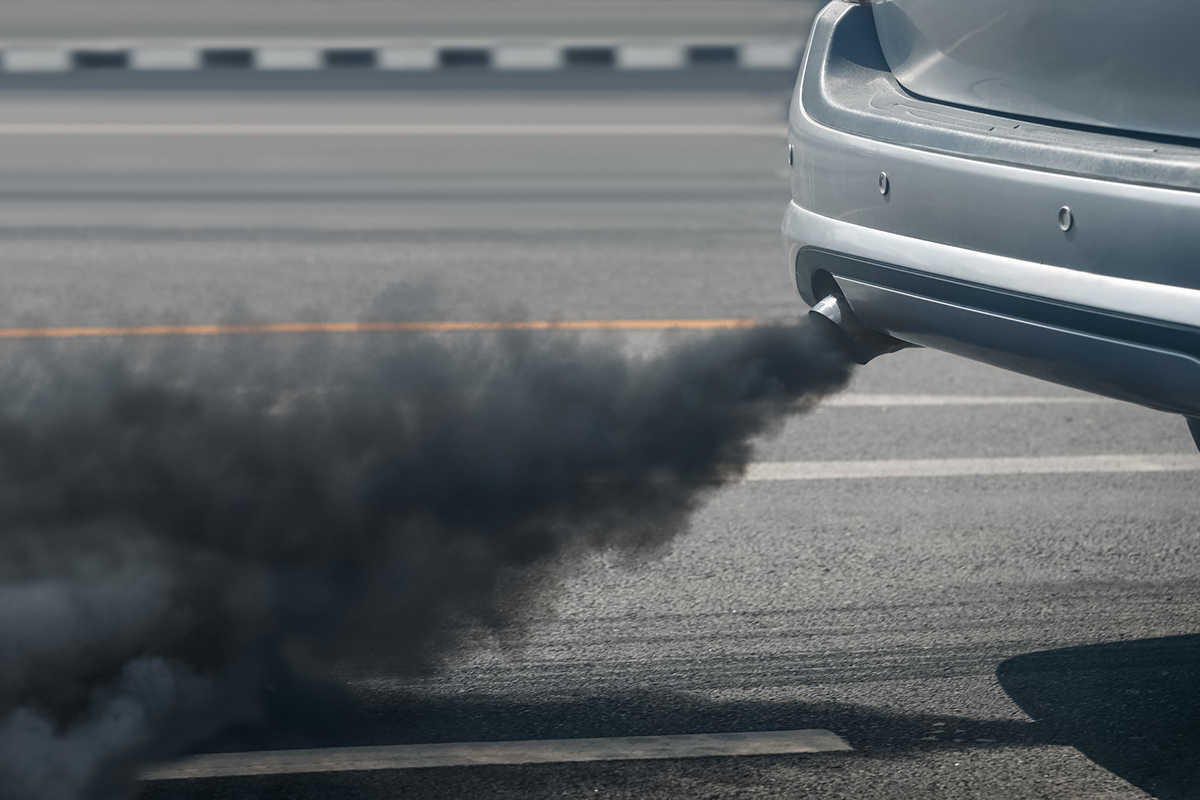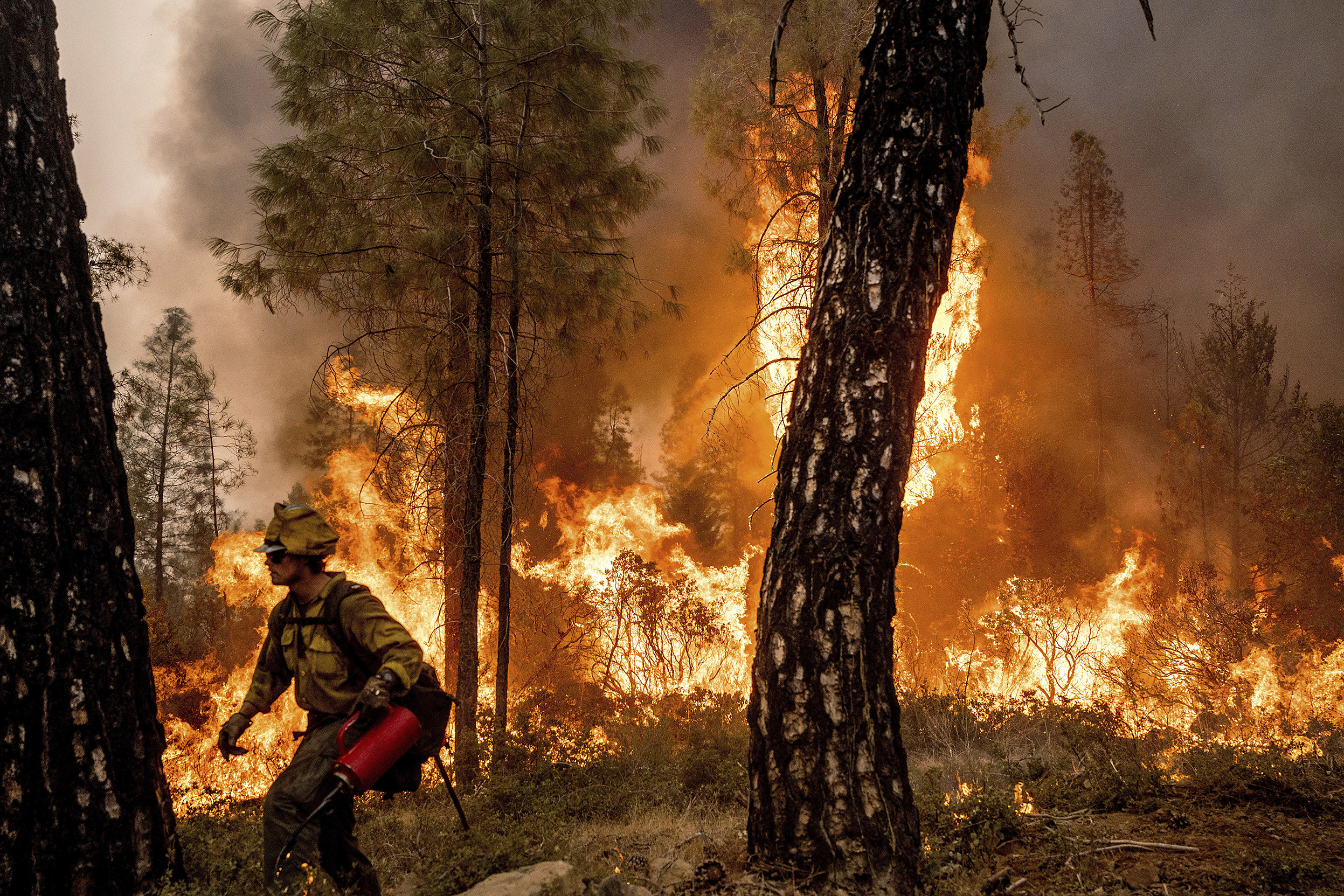RMechRP Overview





A free radical is a chemical compound with at least one half occupied orbital. The presence of the half occupied orbitals makes a radical compound highly reactive. Therefore, free radicals have the potential to both serve as powerful chemical tools and be extremely harmful contaminants. Chemical reactions involving a free radical are an essential part of synthetic, biochemical, atmospheric, and plasma chemistry. For instance, the climate crisis has dramatically altered fire activity worldwide. Wild land fires are increasing in frequency, duration, intensity, and size. The chemistry of flames is dominated by radical reactions and the chemical composition of fire smoke changes during atmospheric transport. This so-called “aging” of smoke is poorly understood, but known to be largely driven by free radical processes
RMechDB is a software that offers two deep learning based interfaces for radical reaction predictions. These interfaces are: (1) Single Step Predictor; and (2) Pathway Search. In the following part we provide a brief instruction on how to use these interfaces.
Click here to read the RMechRP paper.
How to use RMechDB
Single Step Predictor
Reactants
Enter the SMILES for up to five reactants. Reactant size is currently limited to a maximum 75 character per SMILES string.
Reaction Conditions
Select the reaction reaction conditions you would like to use. As of Feb 2023, only standard reaction condition (water-273) is supported.
Chemistry type
Choose one or more chemistry types to use in the predictor. For single-step, choosing All will make polar, radical, and pericyclic predictions and then use a trained neural network to decide which one of the three types to use. For the single-step reaction predictor, if radical is selected, then the trained neural radical predictor will be used at each step to decide which path to explore.
Chemistry covered
The original prototype was limited to polar mechanisms over C, H, N, O, F, Cl, Br, I, and Li. However, the latest version has no atom type restrictions and can predict both inter- and intra-molecular radical mechanisms. Stereo-specific mechanisms are not proposed. Furthermore, reactant stereo-information is not used in the ranking prediction.
Images
The images for the mechanisms are generated automatically with ChemAxon Marvin. Because of the automatic image generation software, sometimes the arrows in the images are improperly aligned.
To download the RMechDB data set, the user must enter his information and email address. Upon reading and agreeing to the terms of the CC-BY-NC-ND license, the user will receive an email containing the RMechDB data set. The RMechDB data set is a directory with five comma separated value (csv) files:
- all.csv: All the radical elementary steps in the RMechDB data set.
- train_core.csv: All the core radical elementary steps chosen for training machine learning models.
- train_specific.csv: All the specific radical elementary steps chosen for training machine learning models.
- test_core.csv: All the core radical elementary steps chosen for testing machine learning models.
- test_scpecific.csv: All the specific radical elementary steps chosen for testing machine learning models.
- 1. The SMIKRS of elementary steps.
- 2. The arrow codes of elementary steps.
- 3. The intial condition of elementary steps.
- 4. The category of elementary steps based on the three class classification explained in the Composition of the RMechDB Data Set section of the RMechDB paper.
- 5. The category of the elementary step based on the seven class classification explained in the Composition of the RMechDB Data Set section of the RMechDB paper.
Read this documentation on how to use Ketcher to draw molecules and reactions.